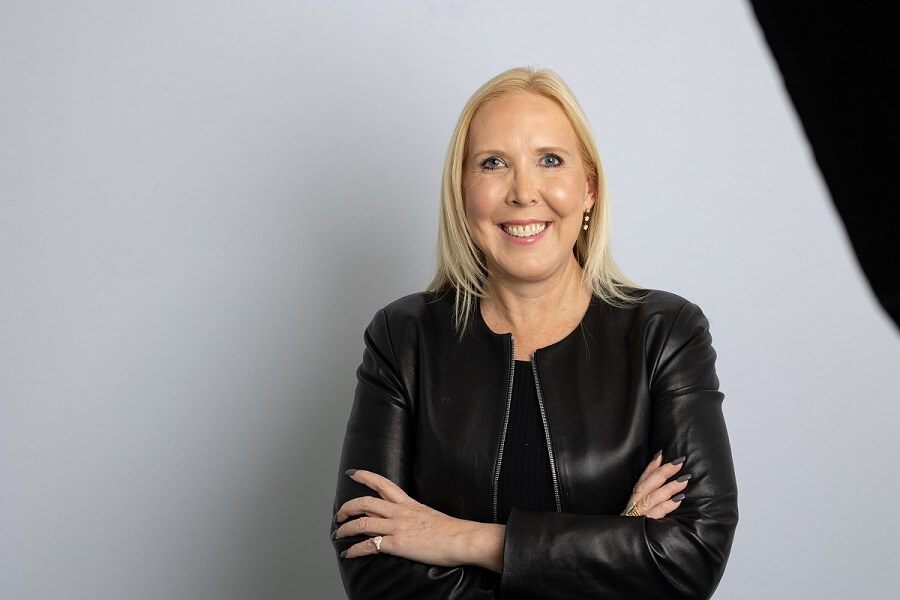While AI is definitively the most interesting technology topic of 2023, there are undercurrents of change going on in organizations that, at Lux, we find equally, if not more interesting. In addition to studying the emerging technologies and materials the Lux brand is known for, we have focused one of our microscopes on the seismic shifts happening under the surface of companies across the world. Those shifts are in leadership, organizational structures, and most novel, and notable, the disruption of financial decisions regarding innovation.
The instruments innovation, R&D, and finance leaders have relied on for over 50 years to ensure they place the right bets for their company are faltering. The trusted tools of net present value and internal rate of return no longer work because they were not engineered to incorporate the decision criteria necessary for making decisions in today’s world. Sustainability and climate change are macro trends completely upsetting the way we have successfully made decisions for decades. Every company we work with is in transition, trying to figure out how to place their bets without the right instrumentation to give them confidence in their decisions. Even the trusty innovation funnel is failing innovation leaders as they try to thread the needle that weaves the fabric of innovation, growth, and sustainability for their companies. There is a lot of guessing happening. And the confusion that comes with it.
Lux just completed a research study to understand the dynamics of the sustainable innovation transitions occurring across the manufacturing, transportation, CPG, and energy industries. Here are the results from analyzing one hundred billion-plus-dollar enterprises around the world — distilling where they are on their journey toward becoming a more sustainable innovation company.
The Lux Sustainable Innovation Transition Framework is a best-in-class framework for gauging the evolutionary stage of your organization compared to the Lux sustainable innovation industry benchmark. We created a robust and proprietary scorecard to evaluate companies across a number of different criteria to enable them to assess where they are in their own transitions. We grouped the transitions we are observing companies are making into five categories:

Level 1 – Resisting: While rare, we do see companies still holding strong to the notion that financial outcomes are still king, regardless of the impact of their products or services on the environment or future of humanity.
Level 2 – Realizing: Here, companies are noticing sustainability trends but are unconvinced that these support a clear and present business case for strategic innovation for them. Maybe the company doesn’t have the resources or assets to move off the product or service it delivers today, which isn’t ideal, but the company has not really recognized that it needs to change or figured out how to change.
Level 3 – Reacting: Baby steps are being taken, or one or two major ad-hoc initiatives are underway in the organization, but the changes haven’t permeated behaviors, culture, or the day-to-day workflows of how the company operates. Essentially, the companies are testing the waters to get some quick wins and isolated projects — for example, name someone to be head of sustainability — but they are disconnected from how the company does innovation and product development.
Level 4 – Reinventing: In these organizations, the corporation’s stated sustainability and net-zero goals are taking hold and being operationalized. These companies are reimagining sustainability as a revenue-generating opportunity and a way to think, do, or build things differently that actually end up getting the organization to capture new markets and new buyers and ultimately drive growth for their company.
Level 5 – Reaping: The true north star in terms of actualizing the vision of their corporate sustainability and climate change goals and strategies. These organizations are leading the way and setting an example for other companies in their industry. They are the pioneers that have taken the mission of profit, along with people and the planet, to heart. They are driving change not only in their own organization with their own customers but across their supply chains affecting changes both upstream and downstream, demonstrating an influence beyond their own primary commercial ecosystem.
The question for you is where is your organization on this transition framework? We are happy to have conversations with you to learn about where you are and what you are sensing and challenged by to make money and grow your businesses, but with a lens of ensuring we leave the planet a better place for generations to come.
